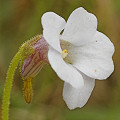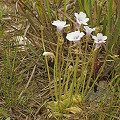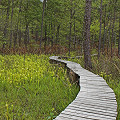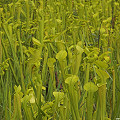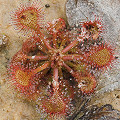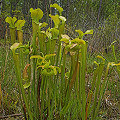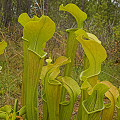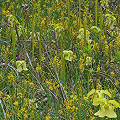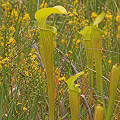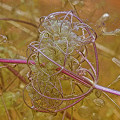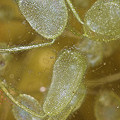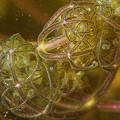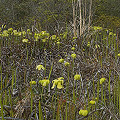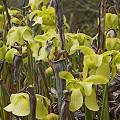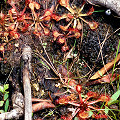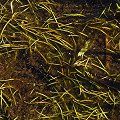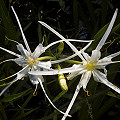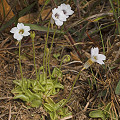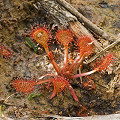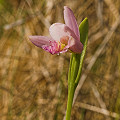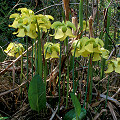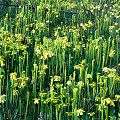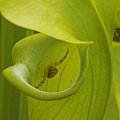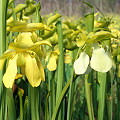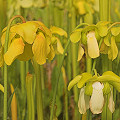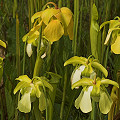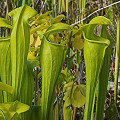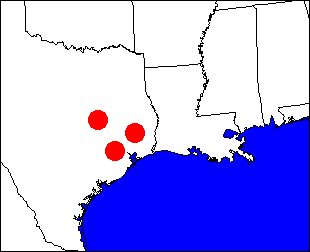
The Trip:
In April of 2006, my travels took me to Houston, Texas. This put me
only a few hours west of interesting carnivorous plant territory, so a trip extension to accommodate an easterly digression
was mandatory!
As I would be in the eastern corner of Texas, I expected to see Sarracenia alata,
Drosera capillaris and D. brevifolia,
and an uncertain ensemble of Utricularia: no doubt U. subulata and U. gibba, but perhaps
U. cornuta and a few other interesting aquatics. It would all depend upon luck, prior research, and the
availability of local contacts.
This region of Texas contains the Big Thicket National Preserve, a system of nine land units established to protect samples of
the native biodiversity of the region. It is considered a "Globally Important Bird Area" by the American Bird
Conservancy, and an "International Biosphere Reserve" by UNESCO. In general heavily forested, it has a suite of
upland, slope, floodplain, and flatland forests. These forest types occur in a patchwork matrix, so travelling through the
Big Thicket exposes you to a constantly changing plant community.
I had a three primary goals for the trip.
- I hoped to see several populations of Sarracenia alata. I had recently visited populations of this species in Louisiana and Mississippi, and wanted to compare how those looked to the Texan plants, which are separated by the pitcherless expanses of western Louisiana.
- I hoped that a contact in Texas might be able to bring me to some Utricularia purpurea populations. I have seen vast, tears-inducing stands of this plant in Okefenokee swamp, but never had the opportunity to try aquatic photography of the plant's stolons and bladders.
- Finally, I hoped against hope that I would see the diminutive Pinguicula pumila. This darling species is one I had not yet seen in the wild. I have seen it many times in cultivation, but never in the brimming good health that field plants could be expected to be in. Unfortunately, it is an ephemeral little annual, and its presence can never be assured. Still, I hoped....
My first step was to contact Mike Howlett, a naturalist at Jesse H. Jones Park & Nature Center. Mike is a well-known
carnivorous plant aficionado, associated with both the International Carnivorous Plant Society and the
North American Sarracenia
Conservancy. From my past dealings with him I suspected he was the kind of person with
whom I would enjoy going on a field trip. Mike
told me that he was happy to go into the field with me, and was even kind enough to rearrange his schedule for the week to make this
possible. All signs were propitious!
Start the photo-essay!


